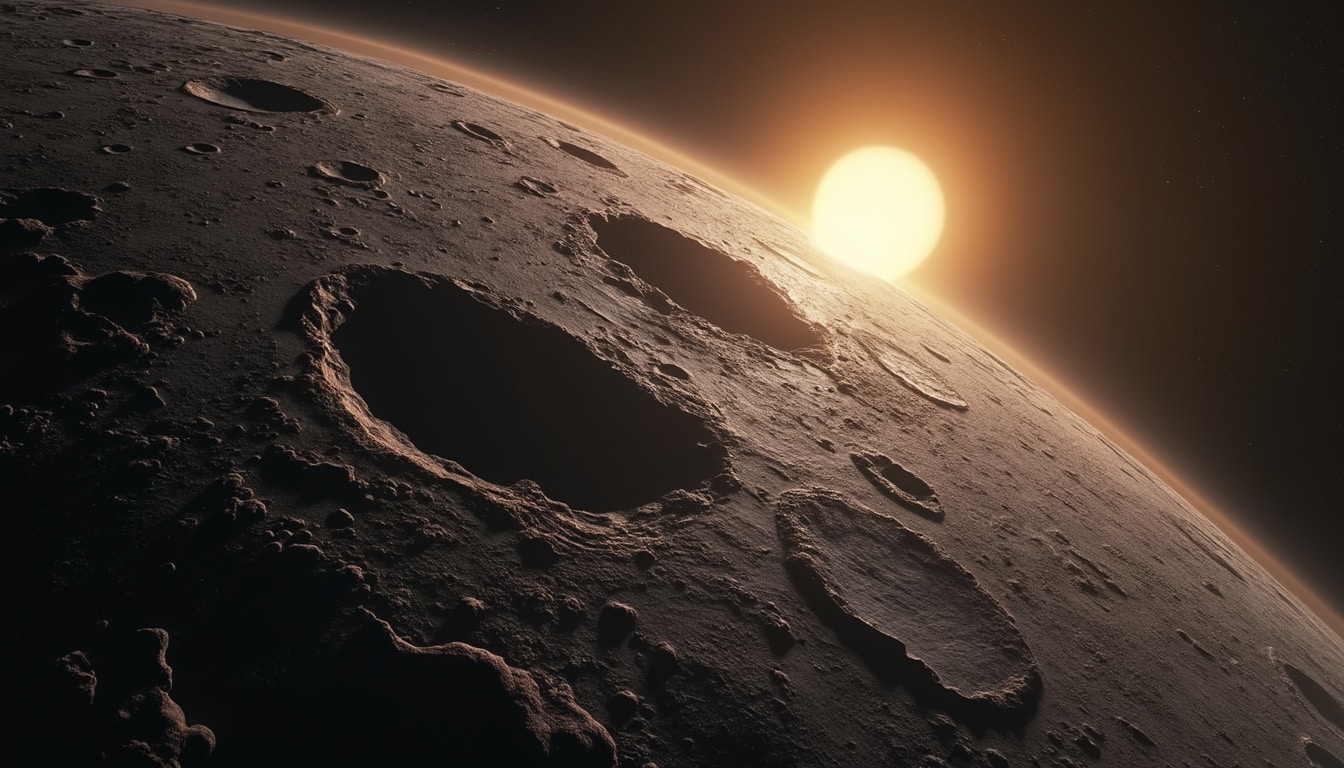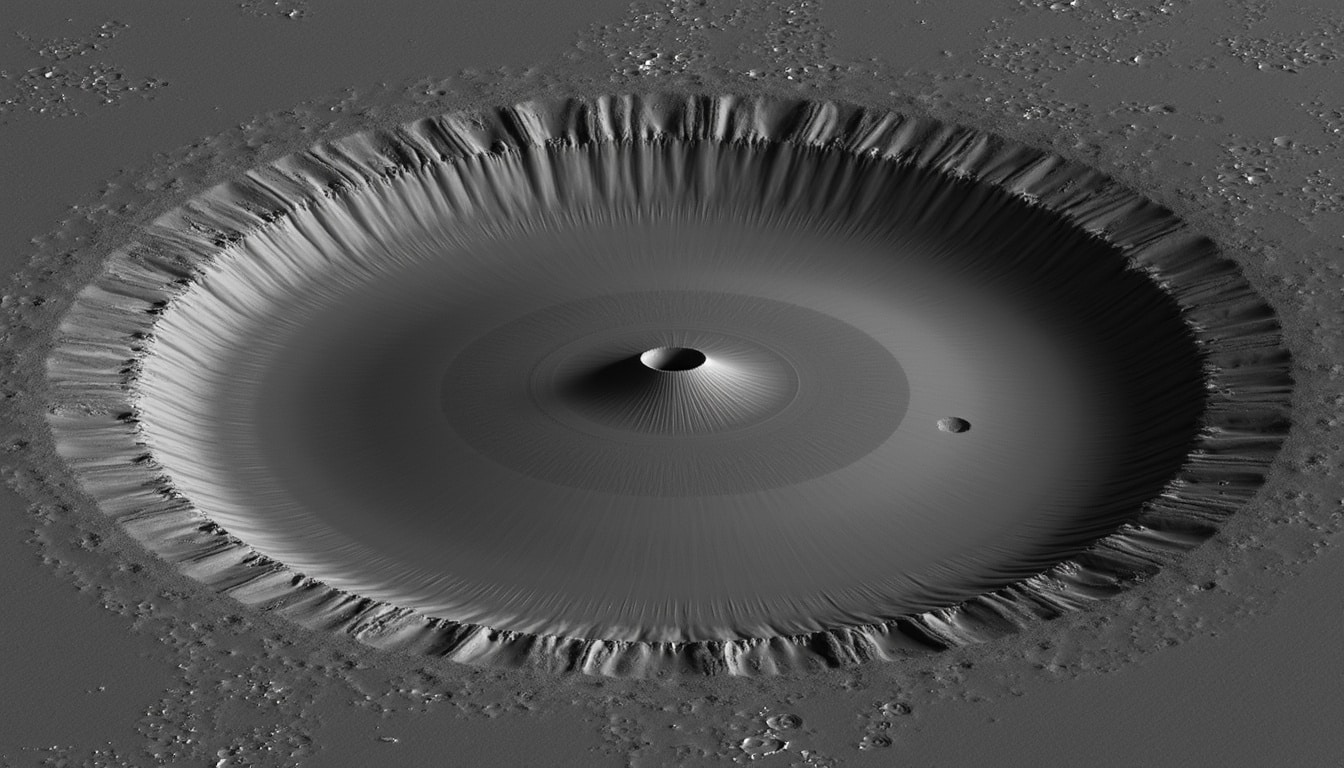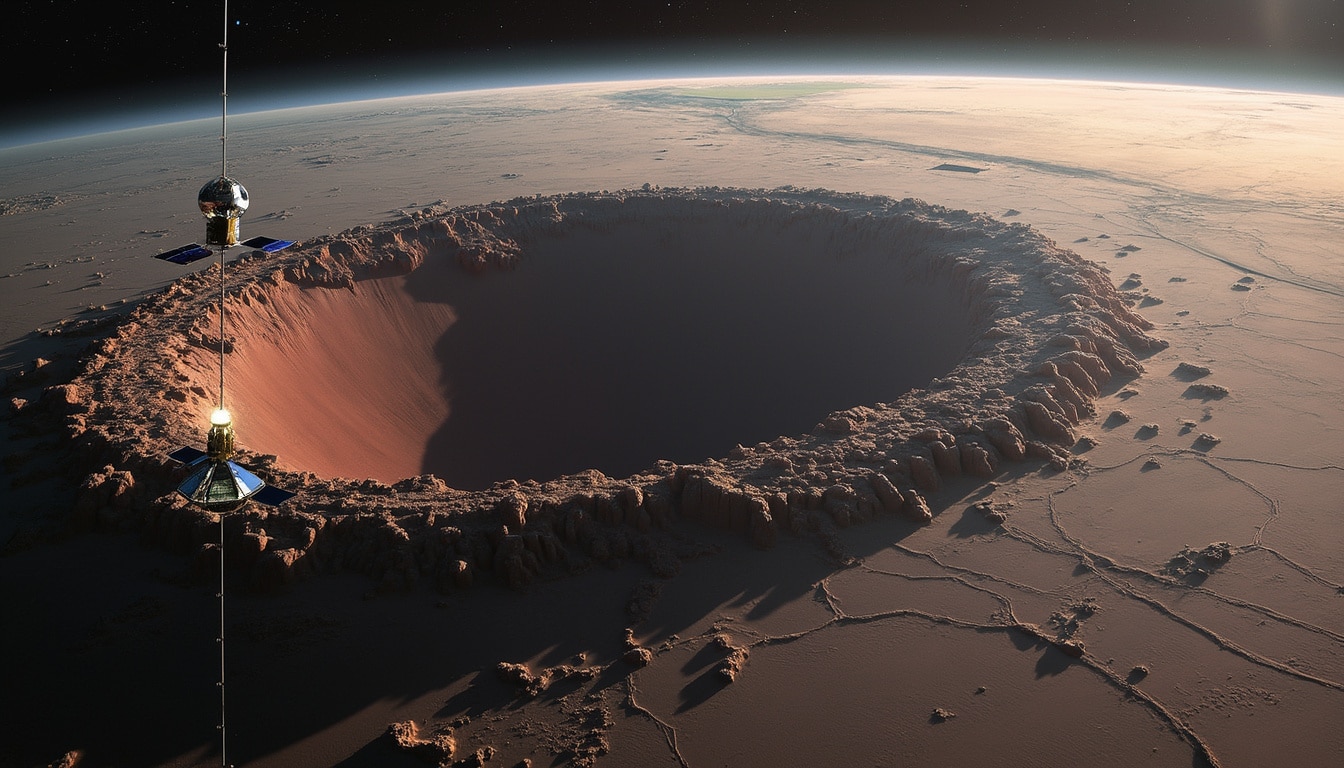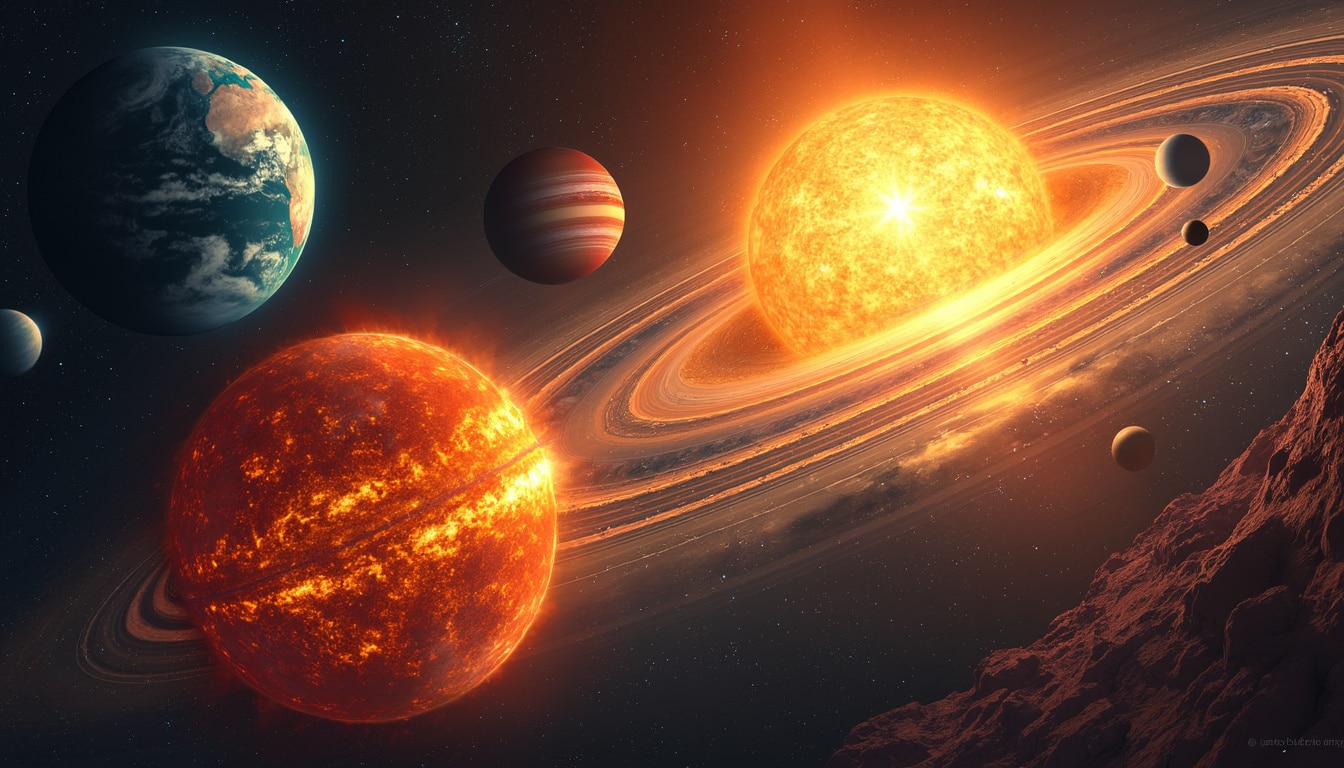Understanding the structure of our solar system can be a fascinating journey, especially when discussing the planets and their unique characteristics. Among these celestial bodies, Mercury holds the title of the closest planet to the Sun. This proximity influences many aspects of its environment and characteristics.
In this article, we’ll explore Mercury, its fascinating features, and disputes commonly associated with its temperature, orbit, and why it captivates astronomers and enthusiasts alike. Get ready to journey through the solar system and discover why Mercury stands out!
The Unique Characteristics of Mercury
As the closest planet to the Sun, Mercury boasts several unique attributes that set it apart from other celestial bodies in our solar system. With an average diameter of just 4,879 kilometers, it is not only the smallest planet but also has the highest orbital eccentricity among all planets, leading to its unique orbit around the Sun.
Mercury’s core is primarily composed of iron, making it one of the densest planets despite its size. This could be attributed to the planet’s history, which includes a series of catastrophic impacts that led to the current state of its structure. Interestingly, while it is closest to the Sun, Mercury is not the hottest planet — that title belongs to Venus due to its dense atmosphere.

Mercury’s Orbit and Rotation
Mercury takes just 88 Earth days to orbit the Sun, making its year the shortest among all planets. However, its solar day – the time it takes for the planet to complete a rotation on its axis – lasts about 176 Earth days. This unique situation creates a fascinating phenomenon where the planet completes more rotations than orbits in the time frame of two orbits of the Sun.
Despite this, even at its closest point to the Sun, the average surface temperature on Mercury can fluctuate dramatically. During the day, temperatures can soar to 427°C (800°F), while at night they could plummet to a chilling -173°C (-280°F). The absence of a substantial atmosphere to trap heat leads to such extreme variations, presenting challenges for exploration and study.
Exploring Mercury’s Surface
The surface of Mercury is quite unique, covered with craters that tell stories of impacts throughout its history. Unlike Earth, which undergoes geological processes that can repair its surface, Mercury’s exterior remains largely unchanged due to its lack of atmosphere.
Among the most prominent features on Mercury is the Caloris Basin, one of the largest impact craters in our solar system. It spans about 1,550 kilometers in diameter, showcasing the violent history of this planet. These craters and basins are fascinating subjects for researchers who seek to understand the history of our solar system.

The Atmosphere of Mercury
Mercury has a very thin atmosphere composed mainly of oxygen, sodium, hydrogen, helium, and potassium. This tenuous atmosphere is not substantial enough to support any known life forms and is constantly replenished by solar winds. These solar winds strip away atmospheric particles, as they cannot withstand the intense gravitational pull of the Sun.
Interestingly, this lack of atmosphere means that Mercury does not experience weather in the traditional sense. This environment leads to its extreme temperature variations and contributes to the planet’s unique identity within the solar system.
Observation and Exploration of Mercury
Due to its proximity to the Sun, observing Mercury can prove challenging. It is best seen either during twilight or during special events like transits, which occur when the planet passes in front of the Sun from our perspective on Earth. These transits provide excellent opportunities for observation and study.
Historically, only two spacecraft have visited Mercury: Mariner 10 and MESSENGER. Mariner 10 made close flybys in the 1970s, providing the first glimpses of the planet’s surface, while MESSENGER orbited Mercury from 2011 to 2015, mapping its surface in unprecedented detail. These missions have greatly increased our understanding of the closest planet to the Sun.

Future Missions to Mercury
Looking ahead, there are plans for further exploration of Mercury. The European Space Agency’s BepiColombo mission, set to launch soon, aims to study Mercury with advanced instruments, allowing scientists to gather vital data about its environment, geology, and structure.
This upcoming mission could provide critical insights into Mercury’s unique characteristics and improve our understanding of the formation and evolution of terrestrial planets.
Understanding the Importance of Mercury
Mercury, as the closest planet to the Sun, plays a vital role in our understanding of planetary formation and dynamics within the solar system. Studying this planet can give insights into the conditions prevalent during the early solar system, contributing to our understanding of the entire planetary system.
Furthermore, Mercury’s characteristics may aid in comparative planetology, helping scientists understand why variations exist between different planets and what factors contribute to their unique evolutionary paths.

The Future of Planetary Exploration
As technology advances, the potential for exploring the solar system increases exponentially. Missions targeting Mercury will shed light on its mysteries and open new avenues for research that could revolutionize our understanding of not just Mercury, but all planetary bodies.
In conclusion, Mercury’s proximity to the Sun doesn’t merely define its placement in our solar system; it enriches our knowledge and sparks curiosity about the universe. As scientists set their sights on this enigmatic planet, the future of exploration looks promising.




Leave a Reply